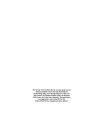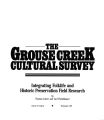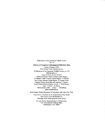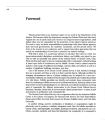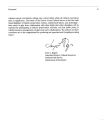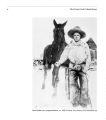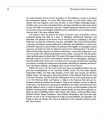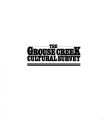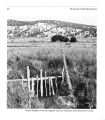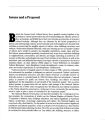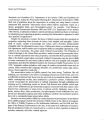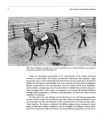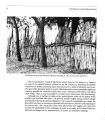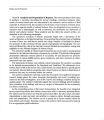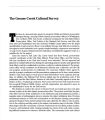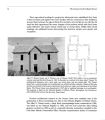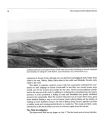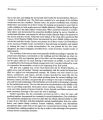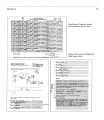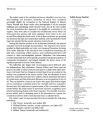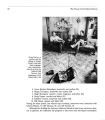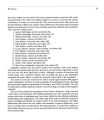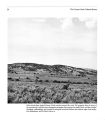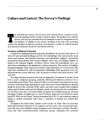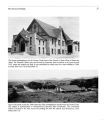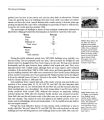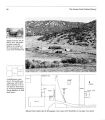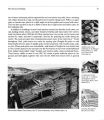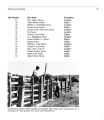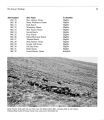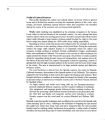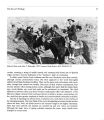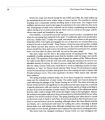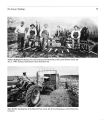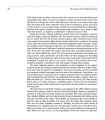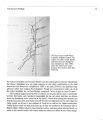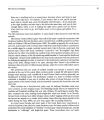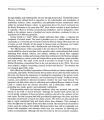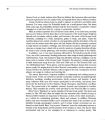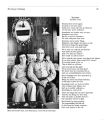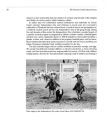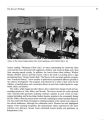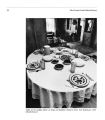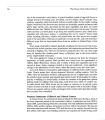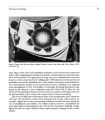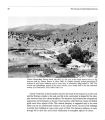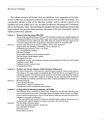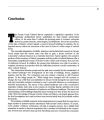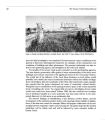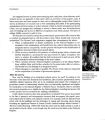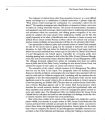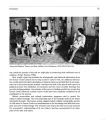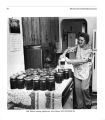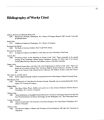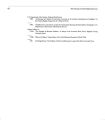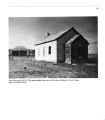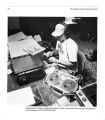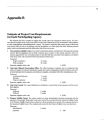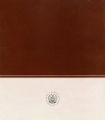| OCR Text |
Show Issues and a Proposal cases has an entire state been canvassed, and without a coherent national system the findings of these surveys cannot easily be compared. Pondering these asymmetries, the authors of this document and their sponsoring agencies hoped to develop a model for folklife field surveys that can be integrated with historic preservation surveys. In discussion, the idea of ethnography emerged, understood as a relatively comprehensive description of community life. Since folklife research tends to focus on items and genres of expressive culture and the contexts in which they are found, a folklife-oriented ethnography could be written if a broad enough range of expressive items and contexts were documented. Research in any given area would attempt to sample the several parts and levels of a community in a systematic way. And if the research paid particular attention to the history of expressive items and the changes in their contexts, the resulting ethnography would be an excellent counterpoint for the reports resulting from historic preservation research. In amending the National Historic Preservation Act in 1980, Congress acknowledged that current preservation programs limited their activities to properties and called for a report to recommend strategies for the broader coverage of America's cultural heritage. The resulting report, Cultural Conservation, recommended that "folklife and related traditional lifeways be included among the cultural resources recognized by the National Historic Preservation Act," which would extend to folklife the same treatment afforded properties in federal cultural-resource planning (Loomis 1983: v). The report does not contemplate a National Register of Folk Arts and Artists. It suggests, however, that folklife documentation be used to provide information about local culture for use in federal review and compliance procedures. A steering committee from the American Folklife Center and the National Park Service was established in 1984 to help implement Cultural Conservations administrative recommendations. The committee noted that "intangible cultural resources" could be added to the list of eligible areas of activity for state historic preservation offices, and that the survey process provided the best opportunity for incorporating folklife into the existing preservation system. In short, a type of integrated survey was contemplated. The Grouse Creek Cultural Survey experimented with the form and content of such a survey, integrating a number of topics and approaches. It surveyed the community's architectural and folklife resources, it examined the tangible and intangible aspects of culture, and it benefited from the research efforts of folklorists, historians, and architectural historians. Although the project tried to create a new model-the integrated cultural survey described below-it also took advantage of the experience of previous preservation surveys, generally following the procedures outlined in Archeology and Historic Preservation: Secretary of the Interior's Standards and Guidelines (U.S. Department of the Interior 1983). According to the Standards and Guidelines, a survey is but one facet of a more encompassing evaluative process that forms the basis of planning. The Grouse Creek Cultural Survey adopted this preservation-oriented definition, but |




